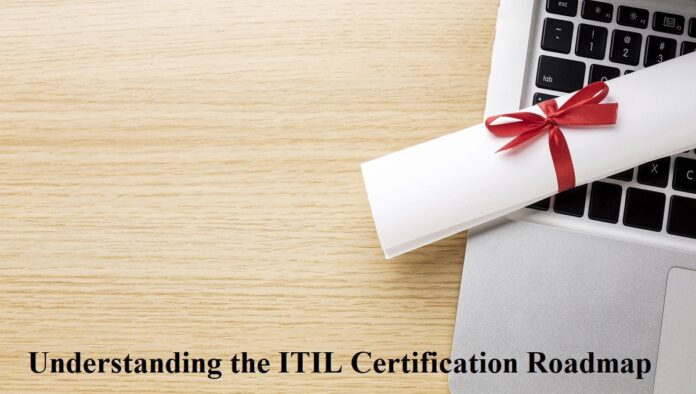ITIL certification is a valuable credential for any IT professional. If you are considering obtaining an ITIL certification in Australia, you will need to understand how the process works and what it entails.
In this guide, we’ll go over the steps that come with obtaining your first ITIL certificate. We’ll also explore why getting certified is beneficial and discuss some of your challenges on this journey. Let’s get started.
Table of Contents
1. Obtain an ITIL Foundation Certificate
The first thing that you will need to do is obtain an ITIL Foundation Certificate. You can sit for the exam as many times as necessary, but it can be quite expensive if you fail more than once.
To avoid this situation, it is recommended to spend some time studying before taking your first attempt at the test. If you are not good with standard tests and exams, you might want to consider practicing using online sample questions or attending a training course.
When deciding which training course to take, it is advisable to look into one that teaches students how to pass the actual test rather than just touching on all of the various ITIL topics. The training courses that I recommend focus strictly on passing the Foundation and Practitioner exams while also teaching students how to apply ITIL best practices in real-world scenarios.
There are several other training providers out there, but I would not waste my time or money with anything less than one of these great courses.
2. Get an Instructor-Led Class at a Prometric Testing Center
After you have your certification, you can then begin looking into getting an instructor-led class. The cost for this will vary depending on the location and duration of the course that you choose.
Unfortunately, it doesn’t look like many companies offer this service anymore since most people do their training online now. With so much information available on the Internet these days, companies no longer feel it is necessary to offer instructor-led classes.
3. Prepare For the ITIL Practitioner Exam
Once you have your Foundation certificate and an instructor-led course under your belt, then it’s time to prepare for the Practitioner exam. If you’re not already familiar with taking standard certification tests, then this section will be handy: How To Ace Standardized Tests. The same advice applies here. Spend some time understanding what types of questions will be on this test and how to prepare yourself accordingly.
4. Schedule the ITIL Practitioner Exam
Once you’re ready, all you have to do is schedule your test with Prometric. Now that you’re ready, all that’s left is to schedule the test. Make sure you study before taking this exam because there are no refunds if you fail!
So there you have it. That’s all that is required to get your first ITIL certification. As stated earlier, I highly recommend taking a training course if you’re not good with standard tests and exams.
5. Apply For Your MALC after Passing the Practitioner Exam
Now that you have successfully passed both exams, it’s time to apply for the Master Agile Certified Practitioner (MALC) credential. All you will need to do is fill out an application form and upload a copy of your ITIL Foundation certificate along with your most recent resume.
As soon as your application gets accepted, you can start applying for all of the projects that interest you. Hopefully, this tutorial has given you some useful information on how to get started with obtaining an ITIL certification.
Benefits of Being an ITIL Practitioner
- Ability to turn your work into a learning experience with ITIL best practices
- Increase the quality of your work by understanding what is important
- Improve overall business efficiencies by better-utilizing people, time, and technology
- Become an active member of the global IT community with international connections
- Push organizations toward industry best practices by providing insight into areas of improvement
- ITIL allows you to better align your work with business objectives and operational requirements
In today’s market, due to the onslaught of changes in technology, global competition, and ever-changing customer expectations comes a need for increased standardization in business processes. To support these increased demands, organizations need to invest in technology and people to drive efficiencies.
Conclusion
There are many benefits to getting ITIL certified, but the true beauty is that it can open up many new opportunities for you. I hope this tutorial has helped you understand all of the ins and outs to know what’s involved in the process. I know firsthand how time-consuming it can be to study for a certification test.
You often have to put in a lot of hours before the exam day to not fail, which wastes even more time. However, if you follow this tutorial and take your studies seriously, then it is certain that you will succeed as long as you don’t give up along the way.




